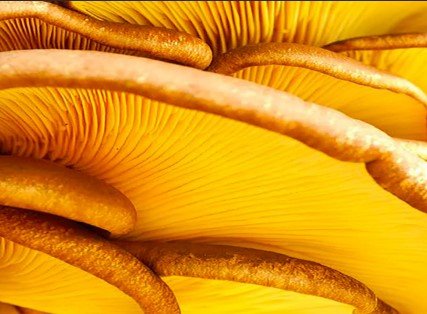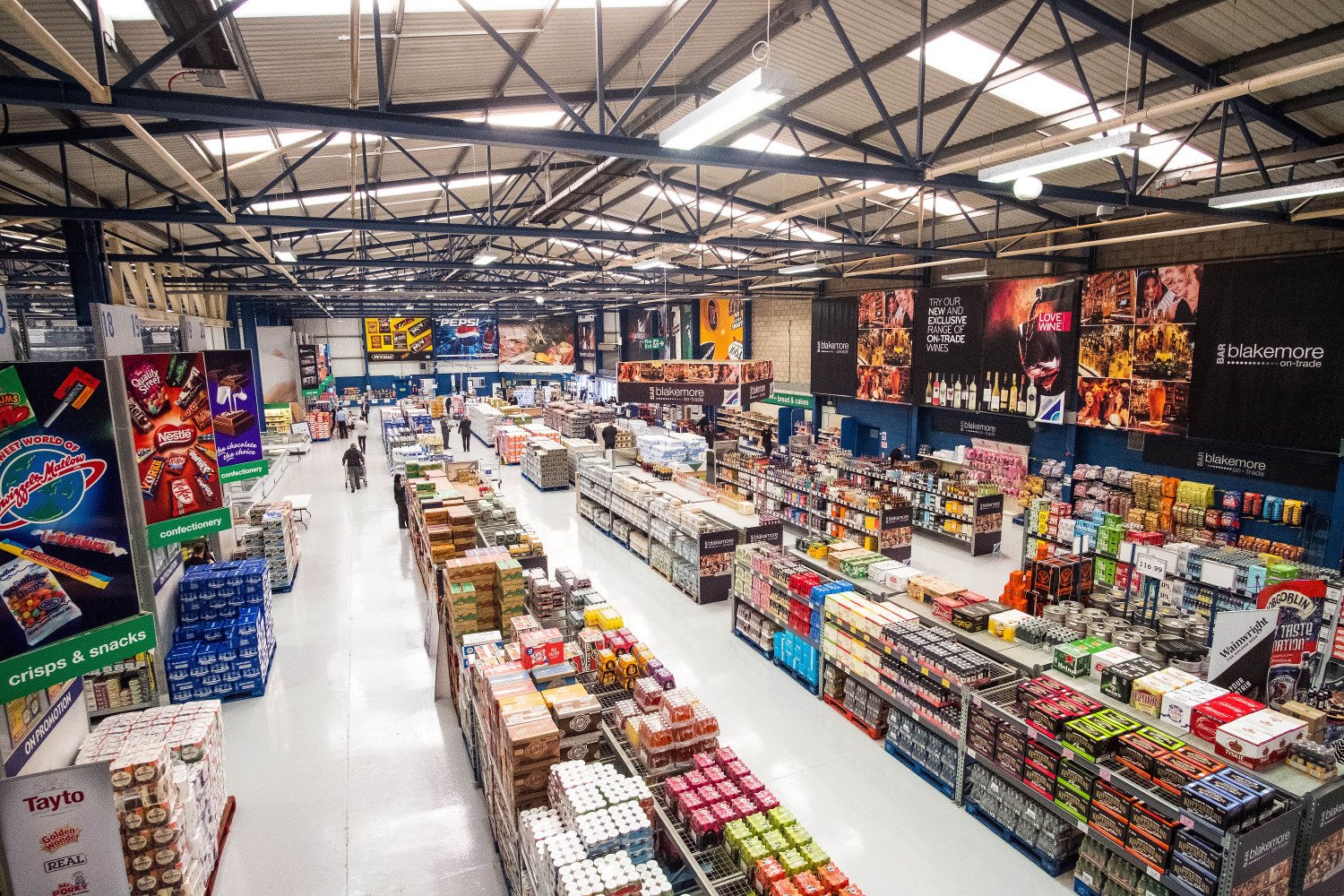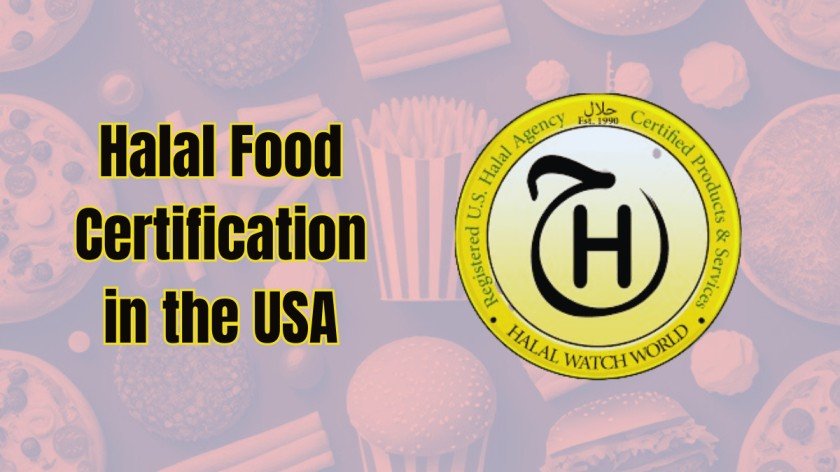We all love croissants because why not? These beloved pastries are a treat for the taste buds every time you devour them. While they originated from the French culture, today they are available in all corners of the world. In almost every café or bakery, menus are incomplete without croissants. But nothing can compete with the French croissants, which are a league of their own.
French croissants are famous in the world because of their buttery texture and delicate layers that leave everyone craving for more. You may be wondering what the major difference is, but there is something very special about French croissants. It’s among the top suggested foods to visitors who are exploring the local culture of France.
Eager to know what makes French croissants different from others in the world? Then you’ve jumped on the right page. In this article, we’ll explore five differences that set French croissants apart from others. Scroll down to unveil more.
5 Differences Between French Croissants and Others
While other cultures can copy the recipes and try to make similar food but they can’t match the place from where it originated. In the context of croissants, there are various differences that make them the best. Whether it’s the authentic French butter and ingredients or the art of lamination dough that French culinary experts follow, all these make French croissants special. Scroll down to uncover more about all this in detail.
1. Authentic French Butter and Ingredients
First things first, let’s discuss what actually goes into croissants. French bakers use quality ingredients, which is the first thing that distinguishes French croissants from others, especially the butter. French bakers select high-quality, unsalted French butter with higher fat content than typical global varieties. This rich and flavorful butter creates the croissant’s unique taste and texture profile.
Premium flour and yeast complete the foundation, producing dough that balances tenderness with lightness. Careful ingredient selection represents traditional French baking craftsmanship. This attention to quality ensures complex, satisfying flavors in every layer. The difference becomes apparent with first bite comparisons between authentic French creations and standard versions made with conventional ingredients.
2. Art of Laminating Dough
The process of laminating dough creates the French croissant’s signature flaky layers. This technique incorporates butter into dough through multiple precise folds, forming thin and consistent layers throughout. Each fold plays an essential role in proper rising and texture development. While lamination appears in various pastry traditions, French bakers have the skills to create exceptionally delicate and uniform layers.
Perfect lamination demands skill, patience, and precise temperature control during preparation. This meticulous approach elevates croissant-making to an art form in French bakeries. This is why we recommend trying these at a French eatery if you’re having them outside France.
For this, you can visit https://jamesabudhabi.com/ to enjoy amazing croissants prepared by French culinary experts.
3. The Role of Time and Technique
French croissants require proper timing throughout preparation. The dough needs several rest and chill periods, allowing the butter to firm and the yeast to develop fully. This slow, careful process ensures proper layer puffing and creates the texture customers crave. French bakers master the timing details.
Therefore, they know exactly when dough should rest, when to fold in butter, and the perfect moment to begin baking. This timing expertise separates authentic French croissants from versions made elsewhere, where production speed often leads to less impressive results. Your baking schedule must prioritize these crucial rest periods rather than rushing to meet production demands.
4. Light Texture with a Rich Flavor
Every food has its own specialty and a reason why it’s loved by everyone. When it’s about croissants, people can’t get enough of their light and airy texture combined with the buttery flavor. The perfect lamination process and the use of high-fat butter bring out something that’s both tender and crisp.
As dough layers are perfectly folded by French expert chefs, it allows layers to separate easily, too. This results in every bite melting in your mouth. Thus, this perfect balance of lightness and richness from French baking is rare to find elsewhere.
5. Cultural Significance and Tradition
For others croissant might just be a pastry, but for the French? It’s a symbol of culture and culinary heritage. Others may love this pastry occasionally, but French? They have it every day for breakfast. Being in the culture for decades, the French now also pair this amazing pastry with different coffees and beverages.
The process of making these amazing pastries is in the tradition of bakers passing down techniques and recipes through generations. Thus, for the French, a croissant is a representation of quality and craftsmanship towards the food.
Looking for a Place to Try the “Real” Croissants?
We know finding quality croissants outside of France can be hard, but it’s not impossible. You can try it at a French eatery where French bakers are ready to show you what authentic feels like. Feel free to visit the eatery and enjoy the amazing croissants.
Read more relevant article on https://techners.net.















Leave a Reply